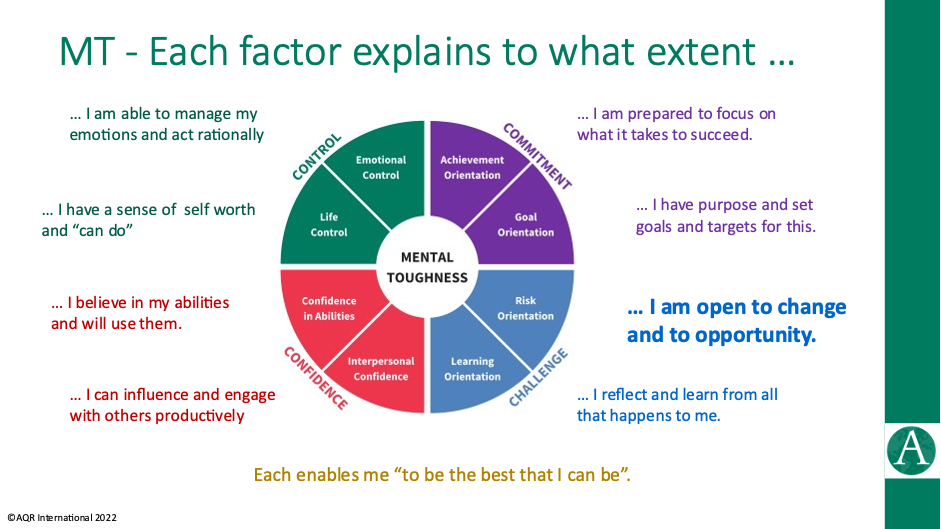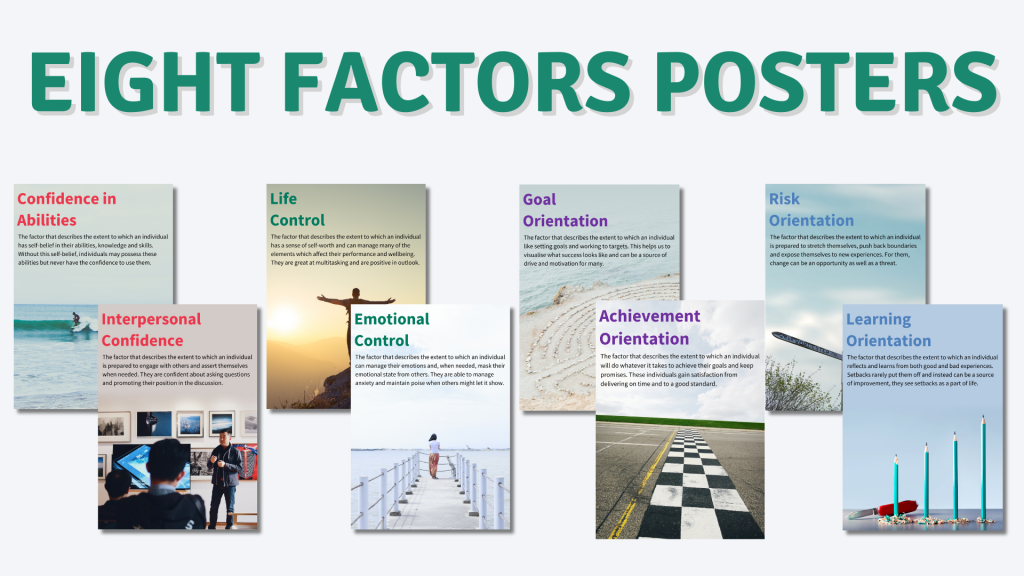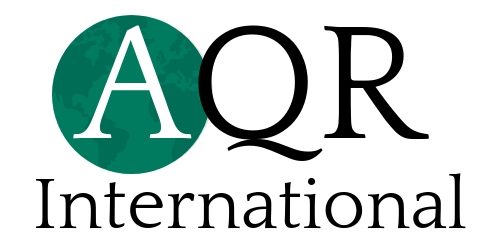This is the fifth in a series of posts about the eight factors that form the mental toughness concept – a personality trait that describes our mental responses, how we think, to stressors, challenges and opportunities that make up our life and work experiences.
Fundamentally important, it is a major influence on our behaviour – how we act.
Risk Orientation is one of the two factors that contribute to our overall sense of Challenge. Challenge describes the extent to which we see opportunity or threat in the world around us and what we face and whether we learn from all our (and others) experiences of trying new things to be able to face challenge better.
The Control and Commitment elements broadly described Resilience – the ability to recover from adversity and past setbacks – Challenge and Confidence address the theme of positivity and optimism – the ability to face the future with eager anticipation.
Risk Orientation addresses the extent to which we see events and situations in our current situation and in the future as a source of opportunity and growth or do we see these as carrying threat and the scope for harm, setback or failure.
This is not about taking reckless risks. It is more about understanding that, in moving through life, you come across many unfamiliar settings – meeting new people, carrying out new tasks, being offered a new job, working in different locations etc. Each presents its opportunities for growth and development, and each will carry a degree of risk.
The more mentally tough recognise the opportunity, and the risk, and are minded to go for it accepting the risk. The more mentally sensitive will see the risk as too much and will prefer to stay as they are in a setting that is familiar to them and where risk is minimal.
As with all the factors, it is possible to find two people, similar in all respects, where, faced with identical situations, one will see the opportunity and the other will see the risk. The difference lies in their respective mental approaches.
This factor has resonance with ideas such as optimism, hope and courage and helps to explain how people can take a position on each. This can be significant for performance.
This is not about being judgemental. People are simply different, and the challenge is to understand that difference and what it means for that individual and for others. Everyone brings their own perspectives, and it is often the case that both perspectives add value.
This factor, like all the factors, is a spectrum with mental sensitivity at one end and mental toughness at the other. It is not a black and white idea – there are many shades in between.
And, although each factor is independent of the other, the way they can interplay will create different outcomes. There are many possible combinations.
So, even two people, similar in terms of reasonable levels of Risk Orientation, might differ in their response to tasks if one has a high level of, say, Confidence in their Abilities (and happily tackles new and interesting projects and tasks because they know they have the capability to do them) and the other has a low level (and may want to do them but doesn’t believe in their abilities to deal with the changes – even when they do possess them).
This illustrates the complexity of personality, that it is nuanced and how the mental toughness concept (and the MTQPlus) measure can bring that nuance to the practitioner.
The image helps us to get an insight into this. Think about how different levels of Risk Orientation might result in different outcomes with varying levels of the other 7 factors.

There is another layer of complexity to consider. All things being equal, being more mentally tough will give an advantage to the individual. But not always.
It is perfectly possible for a mentally tough person to struggle and for the more mentally sensitive to thrive. The issue is self-awareness – how we are responding mentally. Ordinarily, this is invisible which is a major challenge for the practitioner and the individual.
If self-aware, one can either develop mental toughness or one can adopt practices that help to compensate for the level of sensitivity. This is the essence of coaching.
How can a mentally tough person struggle? They can take on too much risk; they may not complete a challenge if distracted by the next new one; they can be addicted to the “high” of new exciting adventures; they can be intolerant of those who don’t see opportunity in the same way. They can be easily bored – they can “brown out” rather than burn out.
The more mentally sensitive in this regard can usefully draw attention to the risks involved in a new venture that others may overlook; they can point out “If it ain’t broke, don’t fix it” where some try to create an initiative for the sake of it; and generally bring a useful cautionary perspective to discussions and planning (which is often ignored by the over-enthusiastic).
Given this degree of nuance is true for all eight factors and that all interplay with one another, we now have a lens through which we can help people look at themselves with all the complexity involved and understand exactly where their development needs might lie.
This illustrates that the mental toughness concept is generally about differences and not about “good or bad” or labelling people as types or colours.
This enables customisation of development activity, avoiding the “one size fits all “ approach to development which often fails because it doesn’t take the individual into account.*
Assessment is a challenge because the factors are invisible and any one, or combination of factors, can explain behaviour or wellbeing. The research behind the concept has produced a reliable and valid psychometric measure, MTQPlus, that assesses this and the other factors.
The mental toughness concept and the MTQPlus measure represent a real advance in our understanding of individuals (and organisations). For practitioners who are engaged in developing people and organisations, understanding mental toughness goes beyond CPD. It should really be part of their armoury.
Like the image used in this post on Risk Orientation and others in our ‘Eight Factors’ series? A set of downloadable posters are available here.

Doug Strycharczyk 2023


